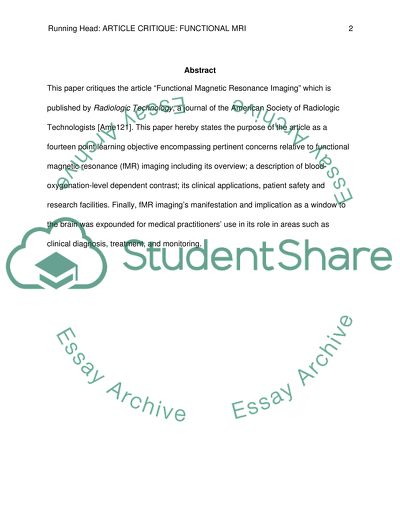Cite this document
(“Article Critique: Functional Magnetic Resonance Imaging Essay”, n.d.)
Article Critique: Functional Magnetic Resonance Imaging Essay. Retrieved from https://studentshare.org/health-sciences-medicine/1447304-functional-mri
Article Critique: Functional Magnetic Resonance Imaging Essay. Retrieved from https://studentshare.org/health-sciences-medicine/1447304-functional-mri
(Article Critique: Functional Magnetic Resonance Imaging Essay)
Article Critique: Functional Magnetic Resonance Imaging Essay. https://studentshare.org/health-sciences-medicine/1447304-functional-mri.
Article Critique: Functional Magnetic Resonance Imaging Essay. https://studentshare.org/health-sciences-medicine/1447304-functional-mri.
“Article Critique: Functional Magnetic Resonance Imaging Essay”, n.d. https://studentshare.org/health-sciences-medicine/1447304-functional-mri.


